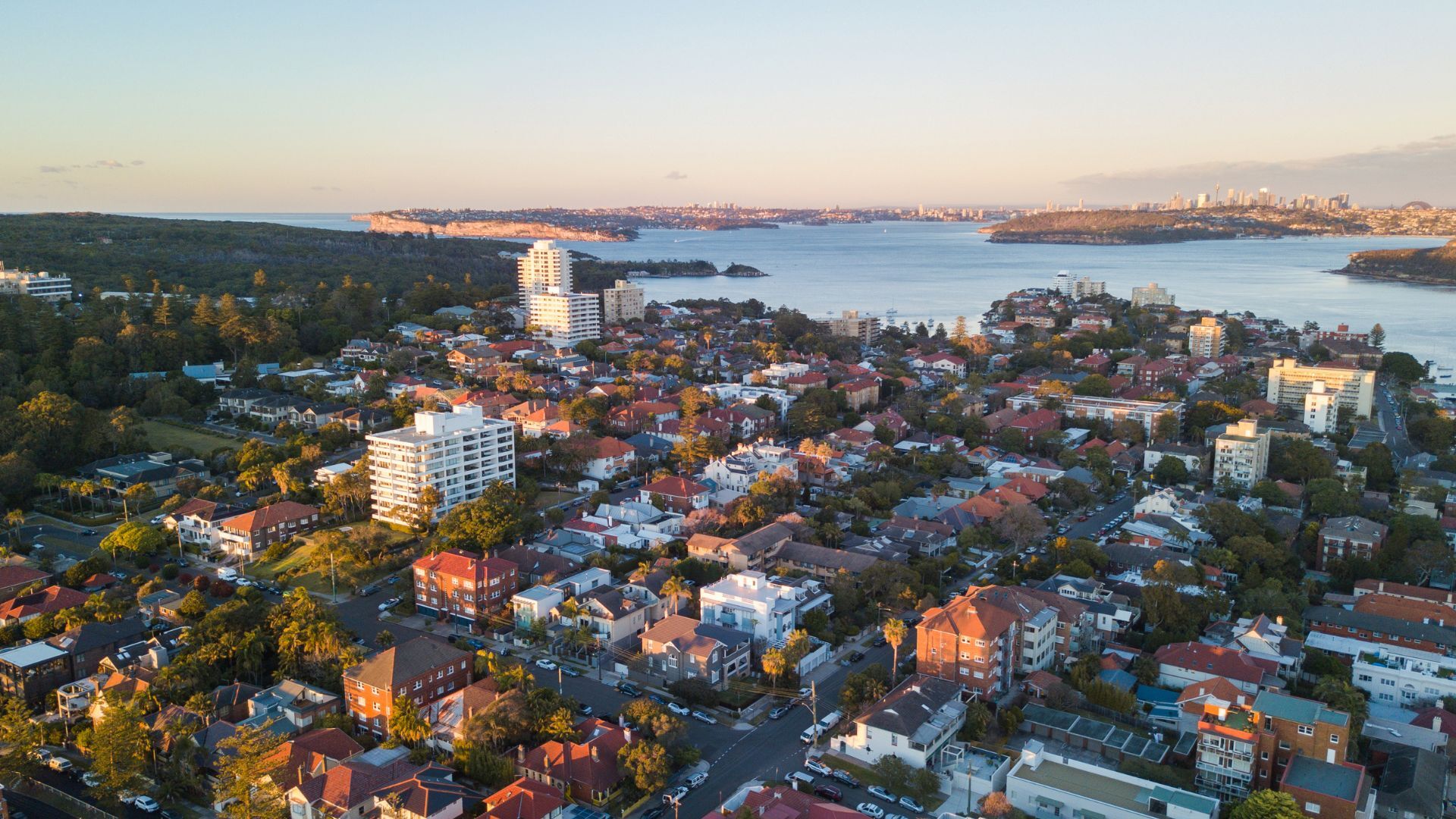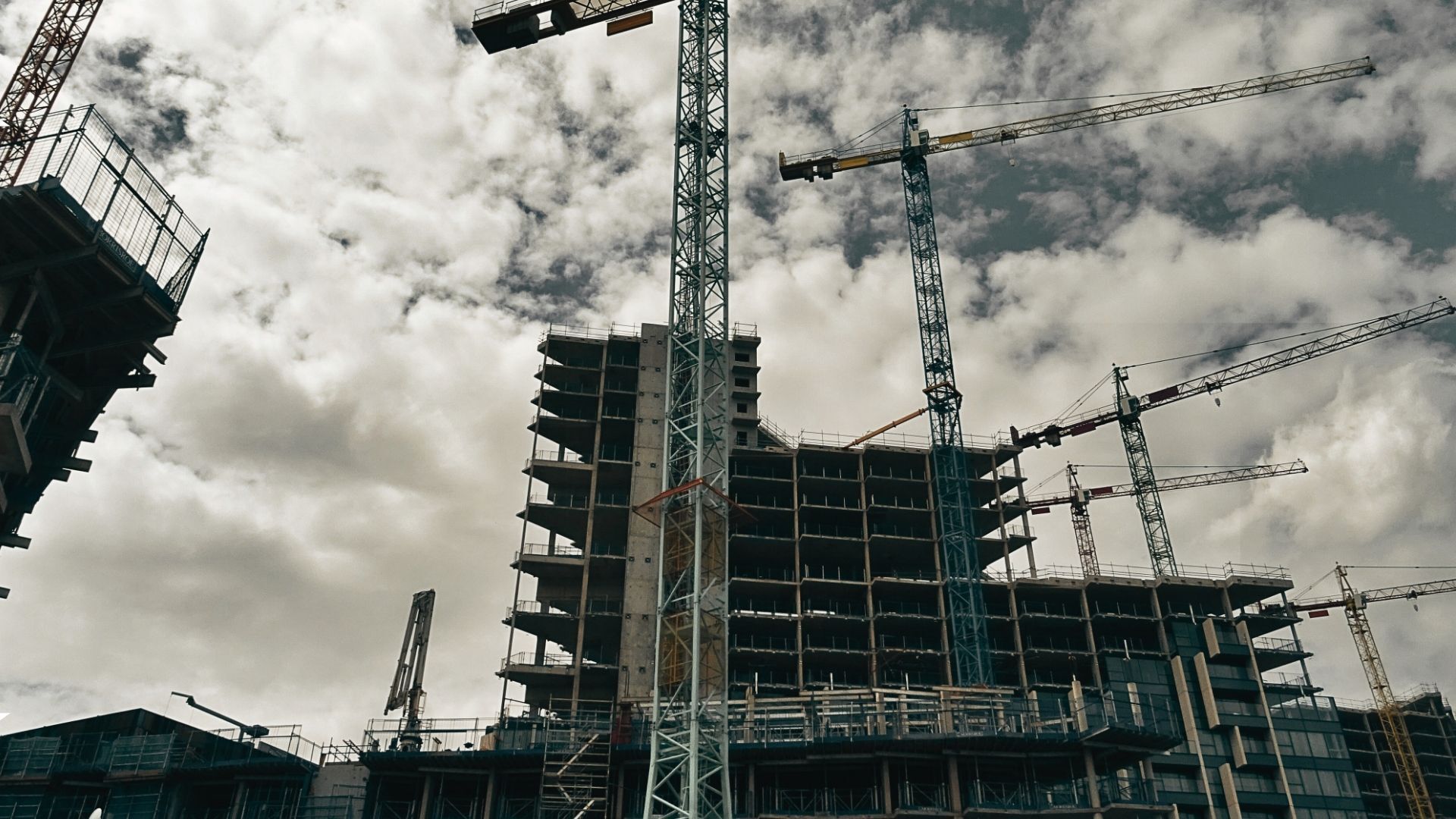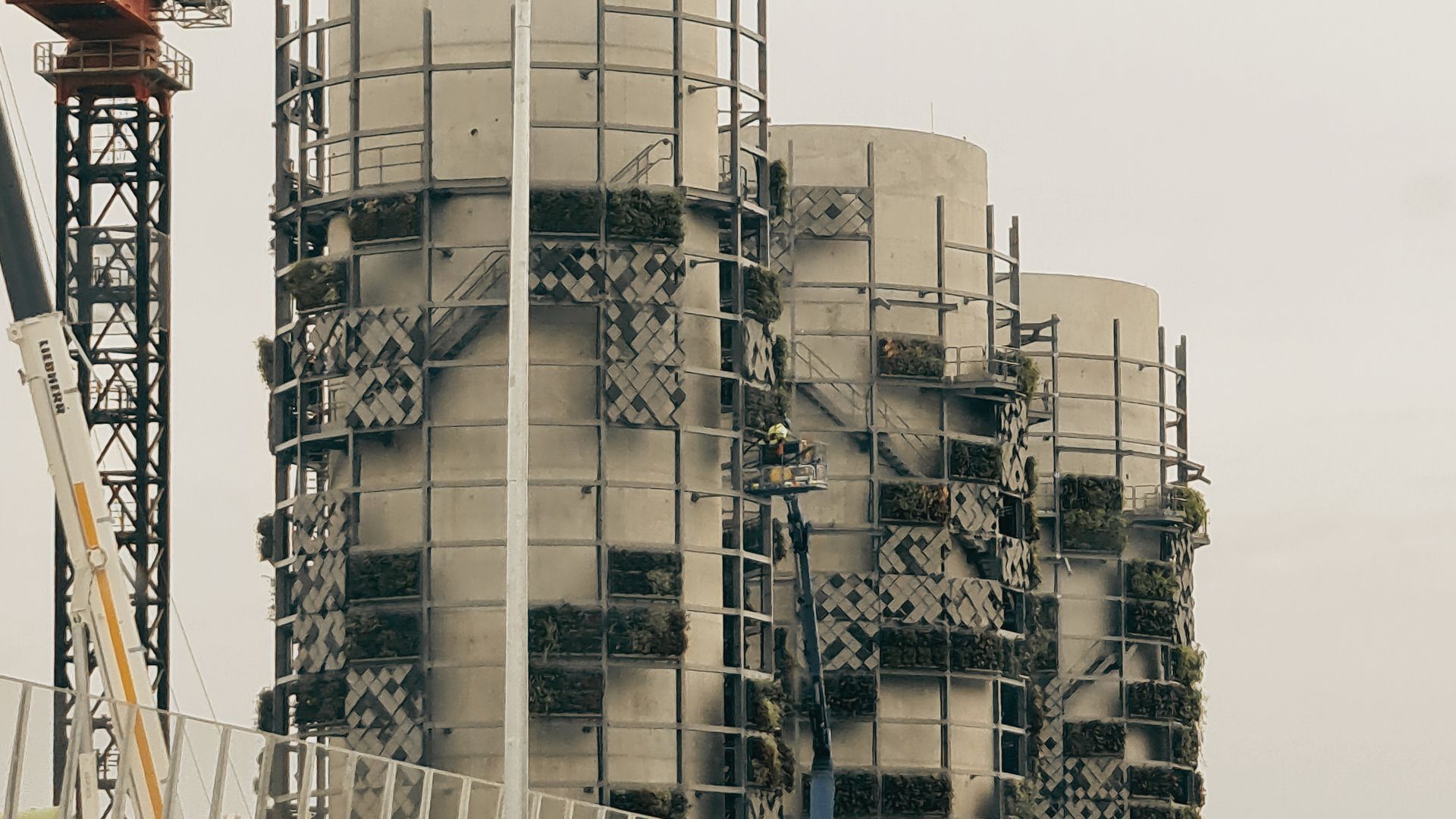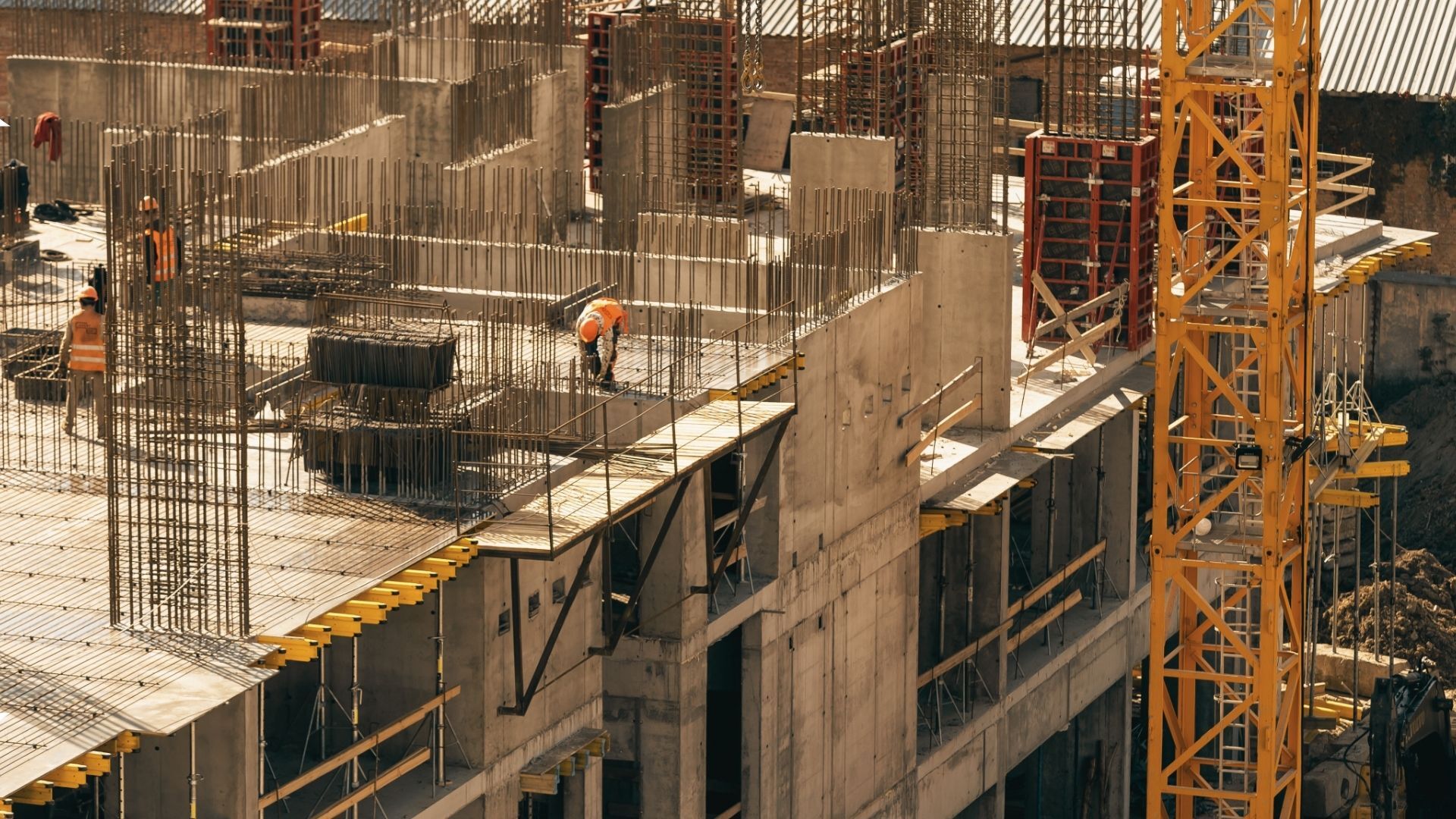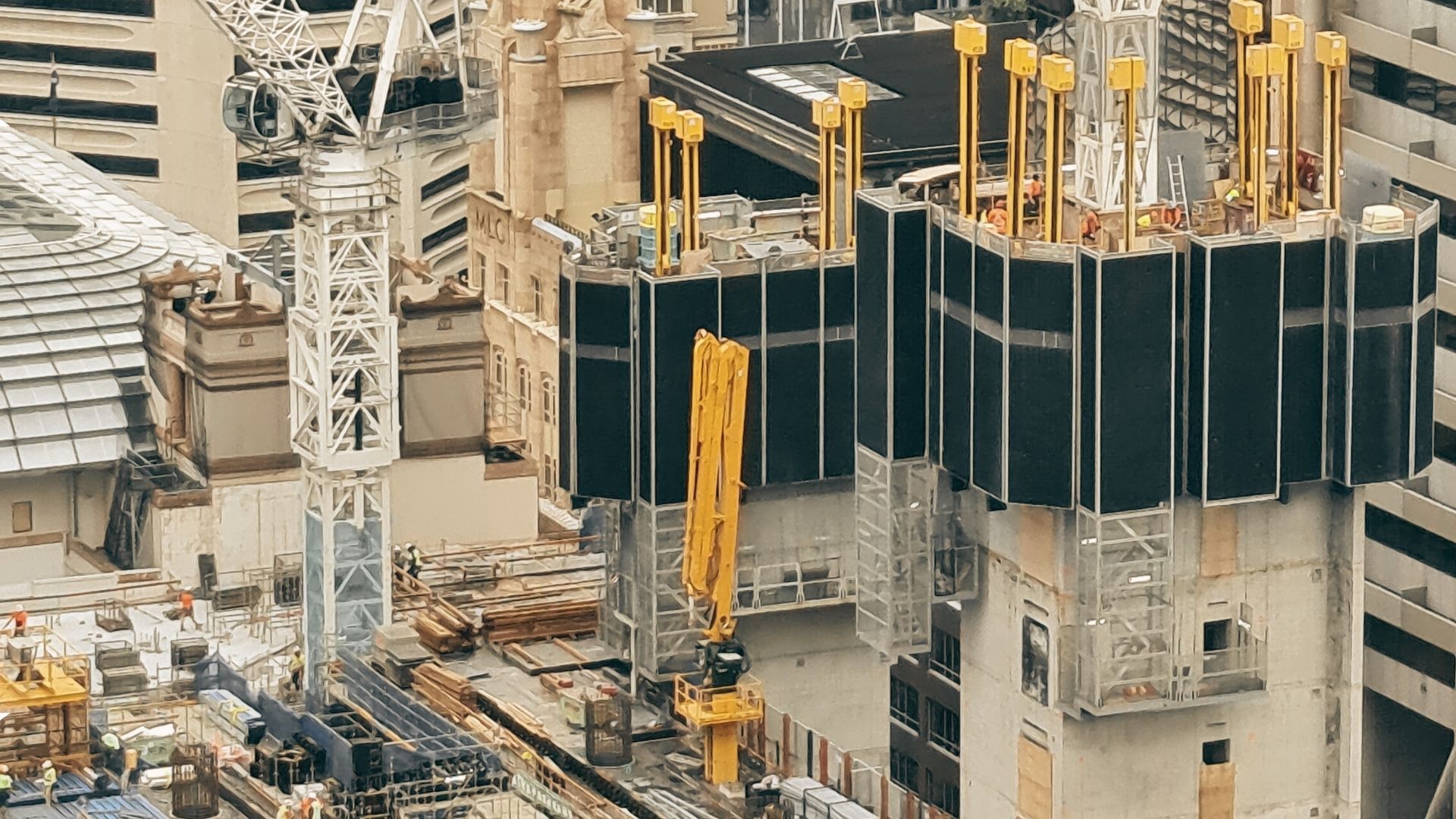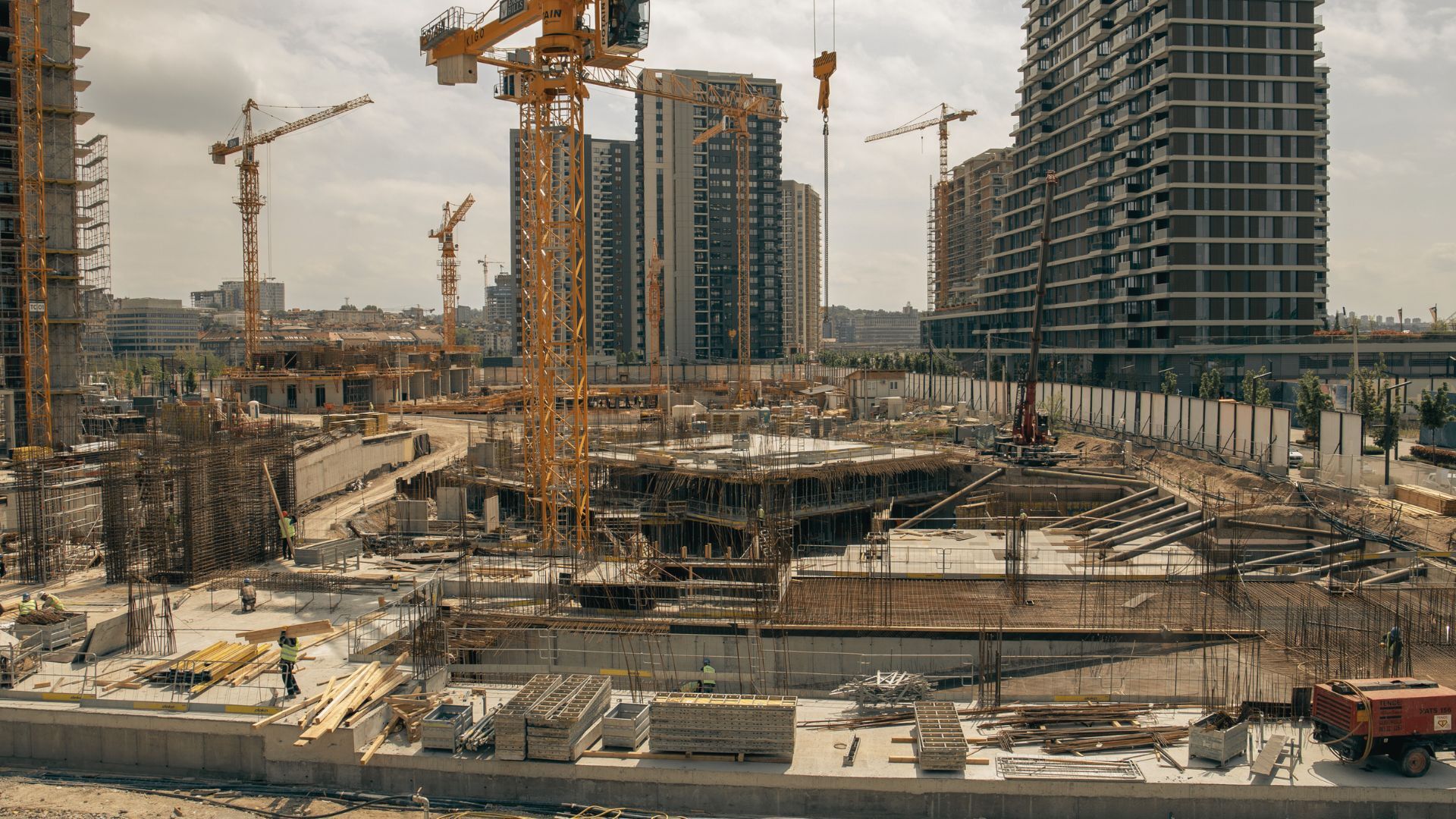Navigating Headwinds: Housing Targets, Regulatory Shifts, and Cost Realities in NSW
This edition of The Pulse examines the dynamic NSW construction landscape, marked by ambitious housing targets amidst persistent challenges.
Overview
Key developments include significant government efforts to accelerate housing supply through State Significant Development declarations and regulatory reforms like dewatering license exemptions [3, 6]. However, the industry continues to grapple with escalating construction costs, labour shortages, and complex planning debates [2, 4, 10]. Major infrastructure projects, particularly in Western Sydney and regional hubs like Newcastle, signal ongoing investment and opportunity [5, 8]. Commercially, professionals face a complex environment requiring careful navigation of cost pressures, evolving insurance strategies, and the implications of regulatory changes [1, 2]. Legally, understanding shifts in planning pathways, such as those under the Environmental Planning and Assessment Act 1979 [3], and new exemptions [6] is crucial for compliance and project viability. This edition synthesizes these developments, offering insights into their collective impact on NSW construction.
Housing Supply and Affordability: A Multi-faceted Challenge
The NSW construction sector is central to addressing Australia's housing affordability crisis, with significant government focus on increasing supply [4, 10]. The federal government's ambitious target of 1.2 million new homes by June 2029, including 55,000 social and affordable homes, sets a demanding pace [10]. In NSW, this translates to initiatives like the declaration of 20 new housing projects as State Significant Development (SSD), projected to deliver over 8,100 homes, primarily in metropolitan Sydney [3]. These projects fall under the purview of the Housing Delivery Authority (HDA) and the Environmental Planning and Assessment Act 1979, aiming for streamlined approvals [3]. Regional areas are also seeing targeted efforts, such as the 94-unit affordable and social housing development in Port Macquarie, set to commence construction in October 2025 and complete by February 2027 [9]. This project addresses high regional demand and benefits from local council support, including fee waivers [9].
However, achieving these targets faces considerable headwinds. A national shortfall of 262,000 homes against the 1.2 million target is forecast by mid-2029 [4, 10]. Debates continue regarding the primary causes of the crisis, with some government figures pointing to local council "red tape" [4], while academic analysis suggests a need for broader systemic reform, including tax adjustments and increased public investment in social housing [4]. The National Housing Supply and Affordability Council (NHSAC) also indicates a need for substantially more social and affordable housing than currently planned [10]. The Broadmeadow precinct revitalisation in Newcastle, aiming for 20,000 new homes, is presented as a significant urban renewal opportunity that could contribute to housing supply if funding and approvals are secured [5].
Regulatory Reforms and Project Facilitation
Efforts to streamline project delivery in NSW are evident through recent regulatory reforms and strategic planning designations. A notable development is the NSW Government's exemption for short-term dewatering activities on eligible construction sites from groundwater license requirements until June 2029 [6]. This reform, praised by the Property Council, aims to remove a significant post-approval bottleneck that previously delayed apartment projects by months and increased holding costs, particularly in coastal areas like metropolitan Sydney [6]. While this exemption accelerates project commencement, developers must still adhere to all other relevant water management rules [6].
The designation of housing projects as State Significant Development (SSD) under the Environmental Planning and Assessment Act 1979 is another key mechanism for accelerating housing supply [3]. The Housing Delivery Authority (HDA) plays a crucial role by recommending projects for SSD status and issuing Secretary Environmental Assessment Requirements (SEARs), streamlining the approval pathway for major initiatives [3]. To date, 136 housing proposals have achieved this status, with a potential for over 53,300 homes [3]. Furthermore, discussions around simplifying and standardising the national construction code, which currently varies between states, aim to reduce complexity and improve efficiency for builders [10]. These reforms, alongside calls to address complex state planning regulations and zoning restrictions, particularly in Sydney [10], highlight an ongoing push to reduce "red tape" and facilitate faster project delivery [4].
Cost Pressures, Market Dynamics, and Emerging Risks
The NSW construction industry continues to navigate a challenging environment of sustained cost pressures and evolving market risks. Construction costs in Australia have risen by over 30% since the pandemic's initial impact, driven by supply chain disruptions, inflation, and persistent labour shortages [2]. Materials such as copper, aluminium, bricks, and HVAC components remain expensive [2]. While rapid price escalations seen during the COVID era have moderated to an annual increase of 3-4% [7], this ongoing rise still impacts project budgets and builder margins [2, 7]. This environment is compelling builders to consider operational adjustments like staff reductions or passing costs to clients, and is reshaping insurance strategies, with increased scrutiny from insurers on project viability and risk management [2].
Labour shortages remain a critical concern, with the construction sector's productivity declining by 12% over three decades and average home construction times increasing significantly [10]. The global skilled labour shortage also raises concerns about safety and quality, influencing underwriting decisions [2]. Geopolitical risks are another factor being priced in by subcontractors [7]. Adding to market uncertainty, the Australian Treasurer is reportedly "open to ideas on GST," which could impact project costs, contractual risks, and the investment climate for NSW construction, particularly for transport infrastructure [1]. However, specific details on potential GST changes are currently unavailable [1]. Concerns regarding private credit in the construction sector have also been noted, but detailed insights into this specific financial risk are limited due to the current inaccessibility of relevant industry reports [11].
Spotlight on Major Projects: Infrastructure and Urban Renewal
Significant investment in major projects continues to shape the NSW construction landscape, particularly in Western Sydney and key regional centres. The NSW Government has commenced detailed design for the A$190 million Horsley Drive upgrade in Western Sydney, a joint investment with the Federal Government aimed at easing congestion and improving freight movement [8]. This project is part of a broader A$5.2 billion Western Sydney Roads Program over four years, reflecting the infrastructure needs of a region projected to house over 3 million people by 2036 [8]. Tenders for the Horsley Drive intersection upgrades are expected in mid-2026 [8].
In regional NSW, the push for the Broadmeadow precinct revitalisation in Newcastle highlights a major urban renewal opportunity [5]. This 313-hectare project aims to deliver up to 20,000 new homes and 15,000 jobs, with the Property Council advocating for government funding for enabling infrastructure and rezoning [5]. The project is positioned as a "value-for-money solution" and a model for regional contributions to housing reform [5]. Furthermore, the declaration of 20 new housing projects as State Significant Development (SSD) includes 18 in metropolitan Sydney and two in regional NSW, collectively aiming to deliver over 8,100 new homes [3]. These major projects underscore a sustained pipeline of work and opportunities for developers, builders, and contractors across various sectors of the construction industry.
Takeaways
Navigating Planning Pathways for Accelerated Development
The NSW Government's emphasis on accelerating housing supply brings the Environmental Planning and Assessment Act 1979 (EPA Act) into sharp focus for developers and builders. The increasing use of the State Significant Development (SSD) pathway, as seen with the recent declaration of 20 new housing projects [3], offers a streamlined approval process managed by the state rather than local councils. Professionals should familiarize themselves with the HDA's role and the SEARs process [3]. While potentially faster, SSD projects still require rigorous environmental assessment and adherence to all applicable laws, including the Design and Building Practitioners Act 2020 (DBP Act) for relevant building classes. Understanding the implications of a Voluntary Planning Agreement, such as the one under review for the Horsley Drive upgrade [8], is also crucial, as these agreements under the EPA Act can influence project scope and obligations.
Understanding New Regulatory Exemptions and Ongoing Obligations
The recent exemption from groundwater removal licenses for short-term dewatering activities until June 2029 offers significant relief for projects, particularly apartment developments in areas like metropolitan Sydney [6]. This reform directly addresses a previous bottleneck, reducing delays and holding costs [6]. However, it is critical for construction professionals to understand that this exemption does not negate other responsibilities. Developers and builders must still comply with all other relevant water management rules and regulatory requirements throughout construction [6]. This highlights the need for thorough due diligence to ensure all residual obligations are met, even when specific licenses are waived. Failing to do so could lead to breaches and penalties under environmental protection legislation.
Managing Contractual Risks Amidst Cost Volatility and Regulatory Scrutiny
Persistent cost escalation [2, 7], potential GST reforms [1], and increased regulatory scrutiny following incidents like the Opal Tower [2] necessitate robust contractual risk management. Builders and contractors should ensure contracts adequately address cost volatility, potentially through clauses allowing for price adjustments or open-book contracting [2]. The increased demand for certified materials and processes due to stricter compliance requirements [2] also needs to be factored into procurement and contractual terms. With insurers closely scrutinizing projects due to rising material costs and concerns over inexperienced labour impacting safety and quality [2], ensuring compliance with all relevant standards, including WHS obligations and the DBP Act, is paramount to securing necessary insurance coverage like contract works and professional indemnity [2]. Reviewing contract clauses related to tax changes is also advisable given the potential for GST adjustments [1].
Final Thoughts
The NSW construction sector is at a pivotal juncture, balancing ambitious government targets for housing and infrastructure against persistent economic and operational headwinds. While regulatory reforms like dewatering exemptions [6] and the SSD pathway [3] aim to accelerate project delivery, challenges such as cost inflation, labour shortages, and complex planning debates remain significant [2, 4, 10]. Professionals must remain agile, proactively managing contractual risks, staying abreast of evolving legal frameworks like the Environmental Planning and Assessment Act 1979 [3], and preparing for a market that demands both volume and adherence to increasingly stringent quality and compliance standards [2]. The coming years will likely see continued focus on streamlining approvals and fostering innovation to meet the state's critical development needs.
[1]. Stephen Johnson. (18 June 2025, 3:49pm AEST). Why Anthony Albanese could consider big changes to the GST. https://www.dailymail.co.uk/news/article-14823365/Why-Anthony-Albanese-consider-big-changes-GST.html
[2]. Insurance Business | by Roxanne Libatique. (14 June 2025, 6:24am AEST). Rising construction costs reshape insurance strategies in Australia. https://www.insurancebusinessmag.com/au/news/construction/rising-construction-costs-reshape-insurance-strategies-in-australia-539083.aspx
[3]. Inside Local Government. (13 June 2025, 6:19pm AEST). 20 new housing projects declared State Significant. https://insidelocalgovernment.com.au/20-new-housing-projects-declared-state-significant/
[4]. Architecture and Design | by View Author. (13 June 2025, 12:22pm AEST). Are regulations really to blame for the housing affordability crisis?. https://www.architectureanddesign.com.au/editorial/features/are-regulations-really-to-blame-for-the-housing-affordability-crisis
[5]. Great Lakes Advocate | by Sage Swinton. (13 June 2025, 5:00am AEST). 'Isn't just a Newcastle issue': funding push for Broadmeadow. https://www.greatlakesadvocate.com.au/story/8990778/broadmeadow-redevelopment-in-spotlight-at-property-council-summit/
[6]. Property Council of Australia. (Date not specified in source analysis, article likely recent). Property Council Welcomes Breakthrough on Dewatering Reforms. https://www.propertycouncil.com.au/media-releases/property-council-welcomes-breakthrough-on-dewatering-reforms
[7]. Countryman | by Kim Macdonald. (18 June 2025, 12:14pm AEST). Multiplex chief and WA’s Legacy Award winner Chris Palandri predicts construction sector in for another boom. https://www.countryman.com.au/business/property/multiplex-chief-and-was-legacy-award-winner-chris-palandri-predicts-construction-sector-in-for-another-boom-c-19060447?utm_source=csp&utm_medium=portal&utm_campaign=Streem&token=X6Ld78QmhMLYCjgCALPabboKnJQf%2BUhCZDnNqwAEVJjnUna8KEOzbbEoMjhJFpva6jvN0JrdhLmUxP%2BDyPxw3Q%3D%3D
[8]. NSW Government. (12 June 2025, 7:37am AEST). Detailed design begins for $190M Horsley Drive Upgrade. https://www.nsw.gov.au/ministerial-releases/detailed-design-begins-for-190m-horsley-drive-upgrade
[9]. by Staff Reporters. (17 June 2025, 4:00pm AEST). Date confirmed for construction of affordable housing development. https://www.portnews.com.au/story/8993704/port-macquaries-new-affordable-housing-construction-to-begin/
[10]. Your Life Choices | by Lexanne Garcia. (17 June 2025, 1:02pm AEST). Hope or hype: Can Labor deliver 1.2 million homes?. https://www.yourlifechoices.com.au/government/hope-or-hype-can-labor-deliver-1-2-million-homes/
[11]. Build Australia. (17 June 2025, 12:00pm AEST). Lenders voice concern over private credit. https://www.buildaustralia.com.au/news_article/lenders-voice-concern-over-private-credit/
The Pulse collates the latest news and opinions from third-party sources. Links, snippets or text are generated by an artificial intelligence engine. The Pulse aggregates news reports and does not claim to have copyright to the content. We have not fact-checked that content and cannot vouch for its accuracy or completeness. Nor do we endorse the opinions expressed by the authors or primary publishers. The content is provided as general information only and should not be relied on as a substitute for professional advice. You should contact the source to verify any factual content as well as taking specialist advice that takes your personal objectives and circumstances into account.




.png)
